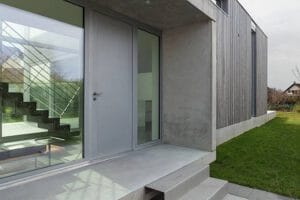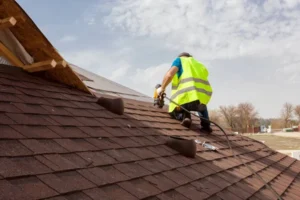The non-reflective nature of Ipe wood tile ensures that it can be used in outdoor areas. It is warm under direct sunlight but does not retain heat or reflect it back, making it comfortable to walk on. This non-reflective wood tile is excellent for outdoor decks, patios, and more. It is resistant to mold and mildew and is very durable. Ipe wood has been used for boardwalks in Atlantic City, which is non-reflective and rot-resistant. It also provides excellent slip resistance.
Indestructible
Ipe wood tile is known for its durability and hardness. Its dense structure and fire rating equal those of concrete and steel. However, Ipe is more difficult to work with than most woods. It’s difficult to saw and requires steel screws and predrilled holes. The material also eats up saw blades, leading to increased labor costs. Ipe wood is also more expensive than many other kinds of wood. It can cost anywhere from $3.50 to $5 per square foot, which is higher than most other woods. However, this hardwood is durable and long-lasting.
Ipe hardwood is naturally resistant to rot and decay. Its durability makes it ideal for landscaping applications. It can survive harsh conditions without showing signs of wear. Ipe wood deck tile is a sound long-term investment and offers a high ROI.
Easy To Install
Ipe wood tile is an excellent choice for a deck or patio. It is easy to install and comes in many finishes to fit any style or design. It can be laid directly on gravel or any surface. It is also one of the fastest ways to update the look of your deck or patio. The material used for Ipe tile is one of the highest quality available on the market, so it is an excellent choice for anyone looking to make their deck or patio more beautiful.
When installing Ipe wood deck tile, you should leave a small gap between each tile and the wall it covers. This space is needed so the tile can expand and contract in response to temperature and moisture. It is also possible to cut Ipe wood tile with a jigsaw, handsaw, or power saw to fit around pipes and other features.
Cost
Ipe wood is a tropical hardwood sourced from the rainforests of South America. It is dense, complex, and incredibly resistant to rot, insect, and fungus attack. However, Ipe is also a challenging and expensive material to work with. It can be challenging to cut and requires installing steel screws and predrilled holes. It also chews up saw blades, increasing labor costs. Despite its high price, Ipe is considered a superior choice for commercial and residential projects. It is far more durable than other woods and will last for many decades.
Ipe wood is extremely dense and is known to last up to 75 years. If adequately treated, ipe wood can last for decades without replacing it. However, it needs maintenance and proper care to maintain its appearance and longevity. Oil treatments can extend the life span of Ipe wood by up to 50 years. Another way to extend its lifespan is to seal the ends of the wood so that moisture can’t penetrate and split them.
Exotic Figuring
Ipe wood tile has exotic figures that make it a distinctive flooring choice. This wood has natural figuring and graining variations that add individual character to each piece. Although most species of hardwoods charge a premium for figured material, Ipe is a high-density hardwood with unique figuring.
The exotic figure of Ipe makes it an excellent choice for outdoor flooring. Although this wood can get quite warm under the sun, it will not retain much heat and won’t get too hot to walk on.









